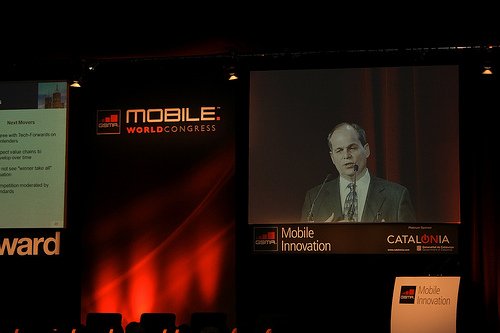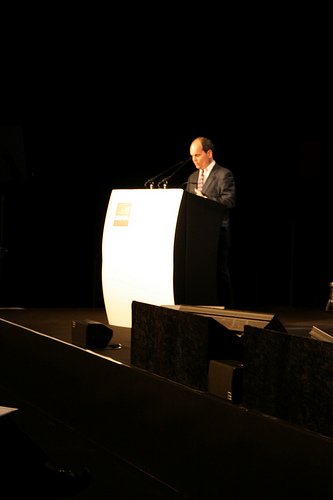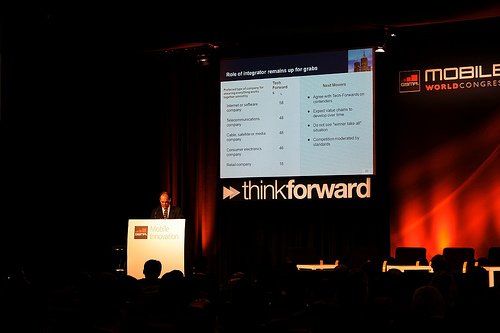
Advanced Receiver Technologies (ART) has launched interference cancellation technology which has the potential to dramatically improve 3G call connectivity and mobile broadband download rates.
Crucially, the Texas-based company says the solution doesn’t require additional network investment but will allow twice as many users to connect in the same 3G coverage area.
It can do all this while maintaining broadband connectivity throughout the entire cell – including tripling data transfer speeds at cell edge.
The solution tackles the problem of inter and intra cell interference, which can reduce 3G network capacity by 50 per cent – and can restrict the data transfer rate at cell edge by 70 per cent.
The Single Antenna Interference cancellation-Joint Detection (SAIC-JD) is embedded into the baseband chip within a handset.
UPDATE: ART has just been announced as the winner of the GSMA’s 2009 Mobile Innovation Global Award competition’s EMEA tournament for the most innovative true mobile start-Up.
David Clifton, ART’s co-founder and VP, told smartphone.biz-news that the solution would allow network operators to double capacity, improve voice call connectivity and offer continuous high-speed broadband to 3G users.
He said it effectively meant a "better user experience and seamless high-speed data coverage".
"We have had nothing but positive feeback," said Clifton.
"The technical people are still sceptical, but that’s going to be the case when something is almost too good to be true."
Testing of the technology is due to be completed in June and Clifton said it would then take between 6-12 months for handset manufacturers, chip makers and operators to bring the solution to market.
Jacob Goldman, ART’s VP of business development, said the company’s partners were smartphone manufacturers.
He said SAIC-JD enabled high-speed connection throughout the cell – something that was not currently possible unless a user was standing still or under the tower.
"A smartphone can never work properly if the handset is moving. The only way it can work properly is to have interference cancellation technology," he said.






















